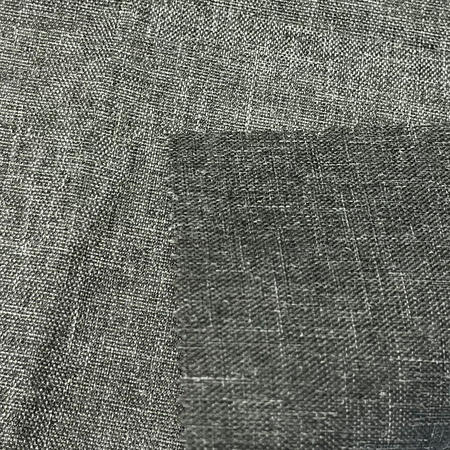When manufacturing cation luggage fabric, several key environmental considerations must be taken into account to ensure sustainability and reduce the ecological footprint:
Energy Consumption: The production of cation luggage fabric, like any synthetic textile, can be energy-intensive, particularly during the dyeing and finishing stages. Sustainable manufacturing processes focus on using renewable energy sources, optimizing energy efficiency, and minimizing energy consumption throughout the production chain.
Water Usage: Traditional textile dyeing processes, including those used for cation fabrics, often require large amounts of water. Innovations in waterless dyeing technologies and the adoption of water-recycling systems help reduce water consumption and prevent the discharge of wastewater containing harmful chemicals.
Chemical Use: The cation dyeing process involves chemicals that may be harmful to the environment if not managed properly. To mitigate environmental impact, manufacturers are moving toward using non-toxic, biodegradable dyes and safer chemicals. Implementing stringent waste management practices to handle and dispose of chemical by-products is crucial.
Waste Generation: The textile industry is known for generating significant amounts of waste, including fabric scraps and defective materials. Sustainable practices include recycling and reusing fabric waste, minimizing cutoffs, and finding ways to repurpose production leftovers.
Sustainability of Raw Materials: The raw materials used in cation luggage fabric, such as polyester and nylon, are derived from petrochemicals, which have a high environmental impact. Manufacturers are increasingly turning to more sustainable alternatives, such as recycled polyester (rPET) and bio-based fibers, to reduce reliance on virgin fossil fuels.

Carbon Footprint: The carbon emissions associated with the production of cation luggage fabric are another critical consideration. Moving toward a circular economy—where products are designed for reuse, recycling, and lower emissions—helps minimize the carbon footprint. Additionally, reducing the distance between production facilities and markets (localization) can cut transportation-related emissions.
Biodegradability: Cation luggage fabric, like many synthetic fabrics, is not biodegradable. As sustainability concerns grow, there is a shift toward developing bio-based fabrics that decompose naturally, reducing environmental impact at the end of their life cycle.
Sustainable Packaging: The packaging of cation luggage fabric and finished products can contribute significantly to waste. Brands focused on sustainability are opting for eco-friendly packaging, such as recyclable materials or biodegradable options, and reducing packaging waste overall.
Fair Labor Practices: Ethical manufacturing processes include not only environmentally friendly practices but also social considerations, ensuring fair labor practices in textile production. Certification from organizations such as Fair Trade can help ensure that workers are treated equitably, adding an additional layer of sustainability to the overall process.
End-of-Life Considerations: Once the fabric is used in luggage, the end-of-life phase becomes important. Encouraging recycling or providing take-back schemes to ensure that luggage made from cation fabric is properly disposed of or reused can help close the sustainability loop.















